In major museums, only a small fraction of the artifacts held by the museum are on display and interpreted for the public. Most of the museum’s artifacts are in vaults where they are available only to researchers. The Los Angeles County Museum of Natural History maintains a Visible Vault in which visitors can view hundreds of archaeological artifacts. The Visible Vault includes archaeological treasures from Ancient Latin America.
About the Aztec
When the Spanish began their conquest of Mexico in 1519 they encountered a powerful nation known as the Aztec. The Aztec called themselves Mexica and from this the name Mexico is derived.
The rise of the Aztec empire really began in 1150 with the fall of the Toltec empire. The Toltecs had established their state in Tula, which was to the north of what would become Tenochtitlan. Their empire spread through most of central Mexico. After a period of droughts and internal factional conflict, the city collapsed and was burned and looted, possibly by the Chichimeca (the “wild” tribes to the north).
In 1300, the Aztec were still a small tribe. In addition to knowing how to cultivate the land, the Aztec were fierce warriors who were inspired by their war god Huitzilopochtli (which means “hummingbird on the left”). The Aztecs were vagrants continually trying to find a territory to occupy. All of the good land in the Valley of Mexico was already occupied by city-states. Thus the Aztec offered their services as mercenaries for these local rulers. They often offended these rulers with their barbarous behavior and their capture of local women for wives.
The Aztec city of Tenochtitlan was founded in 1325, less than two centuries prior to the Spanish conquest. In the time period just prior to the Spanish invasion, the population of Tenochtitlan was estimated at 200,000 and the total population of the area (what we would call the metropolitan area today) was estimated at about 700,000.
According to the Museum display:
“Recorded in native manuscripts, or codices, and Spanish documents, their empire was built on a massive political economy, an elaborate and complex technology, as well as on deep religious and ritual traditions. The Aztec practice of human sacrifice often overshadows other aspects of this impressive ancient civilization. Nevertheless, some of the most extraordinary objects produced by the Aztec clearly reflect a religious and ritual focus on sacrifice and related themes.”
The Visible Vault
According to the Museum display:
“We have selected some objects to feature on exhibition-quality mounts, but most of the six hundred items are displayed in storage mounts that use archival materials ideal for long-term storage. The white band around some of the artifacts is unbleached cotton twill tape that is often used to secure objects in case of an earthquake. We invite you to explore the selected highlights of this rich collection while taking a rare look at how these objects are cared for behind the scenes.”
Shown below are some of the Aztec figurines which are in the Museum’s Visible Vault.
The Figurines
In understanding figurines as works of art, it is important to realize that in Mesoamerican cultures, neither art nor religion were distinct spheres. Writing about Aztec art in The Daily Life of the Aztecs: People of the Sun and Earth, David Carrasco with Scott Sessions report:
“But remember that they understood their world was infused with divine forces that did not originate in human genius, effort, or imagination. Rather, the world of plants, stones, animals, sky, earth, feathers, and humans was created by gods and existed as something like the artwork of gods. The responsibility of humans was to shape their art as a kind of imitation of the gods’ artistic creativity, knowing all the while that they would fall short.”
One of the important features of Aztec culture, as with other Mesoamerican cultures, was a concern for the passage of time. In his book The Aztecs, archaeologist Brian Fagan writes:
“The magico-religious pattern of the day-count determined one’s destiny. Everyone needed to know the meanings of the signs for one’s important days.”
Thus, the day a person was born was important in determining their occupation. To become an artist who worked with clay or with stone, it was important to have been born on one of the several days which were favorable to this work.
Ancient America
For thousands of years prior to the European invasion of the Americas, Native Americans had complex civilizations. Here are links to earlier essays in this series which looked at Mesoamerican cultures.
Ancient America: Aztec and Other Mexican Artifacts (Photo Diary)
Ancient America: Artifacts from Western Mexico (Photo Diary)
Ancient America: Mesoamerican Stelae
Ancient America: Aztec Agriculture
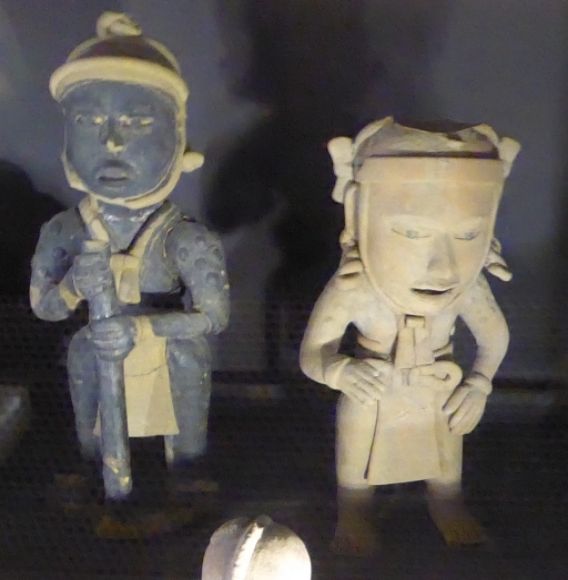
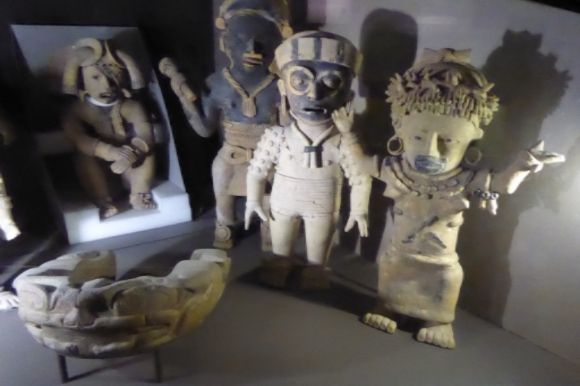
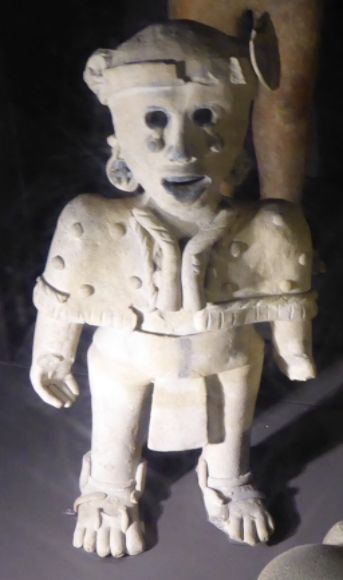
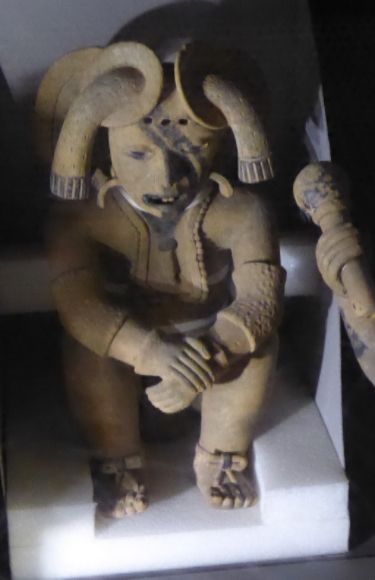
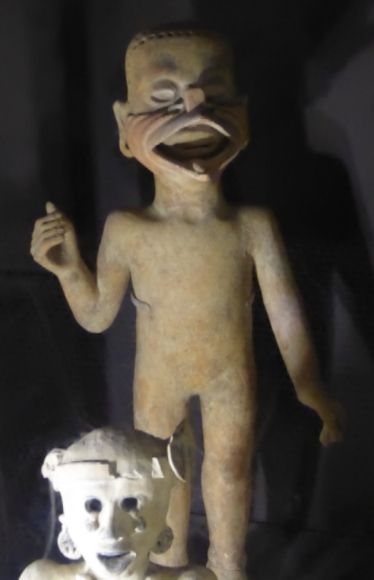

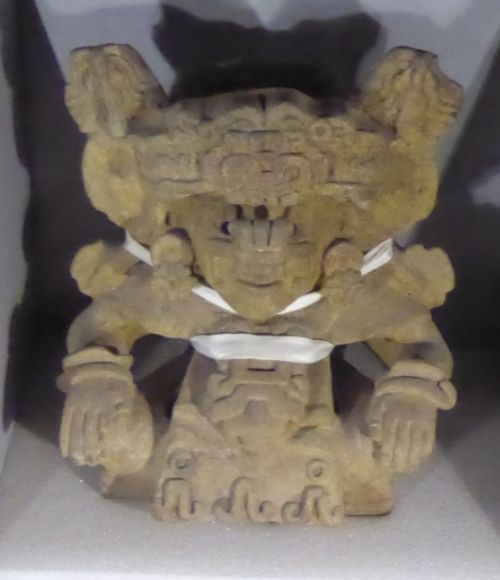
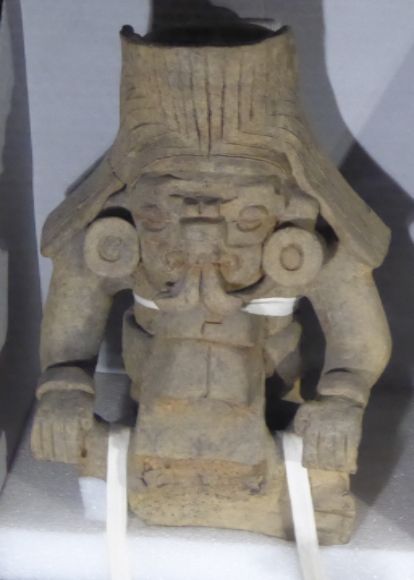
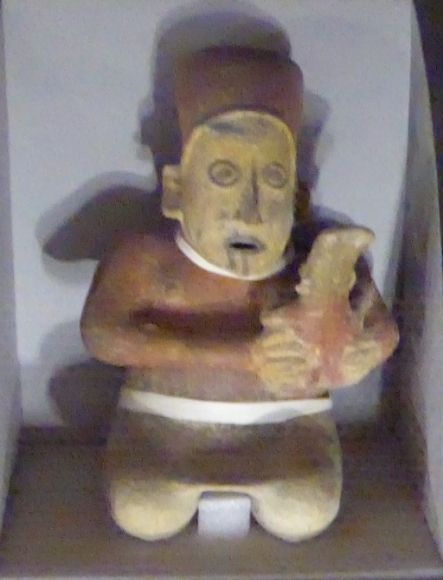
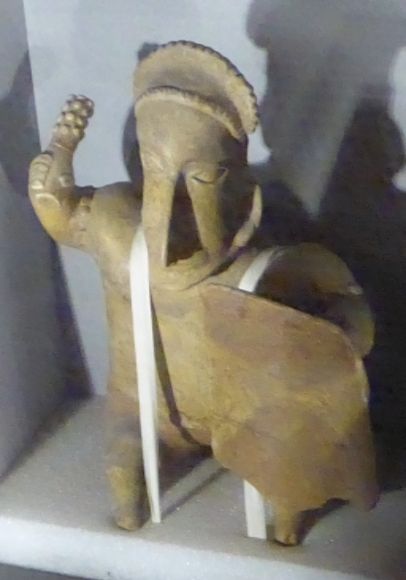
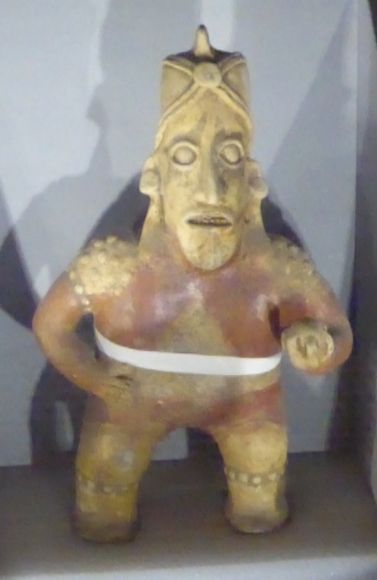
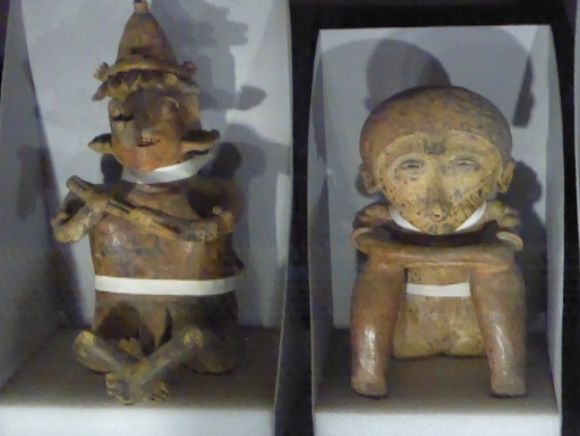

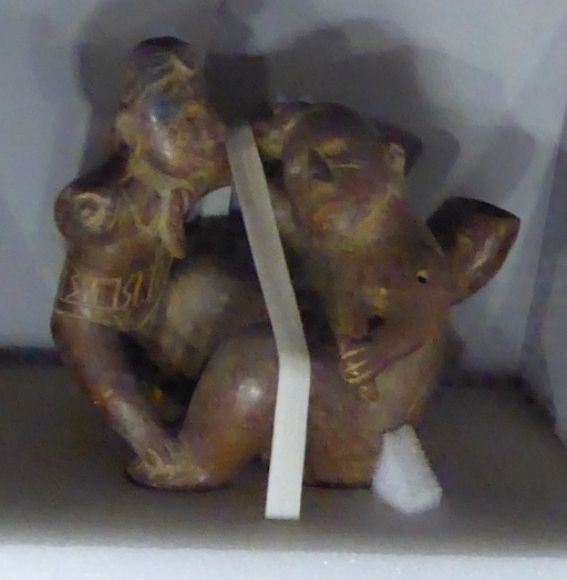
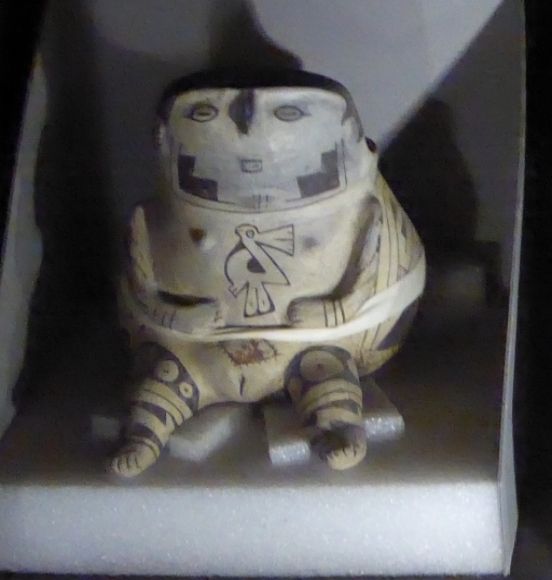
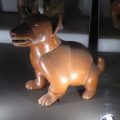
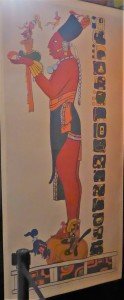
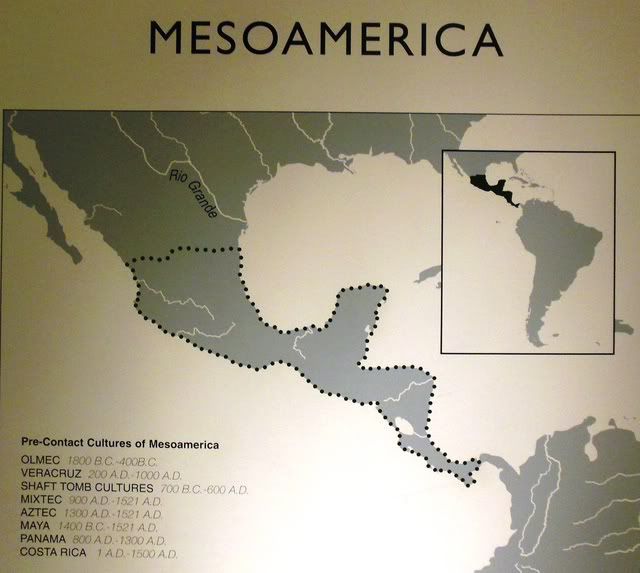
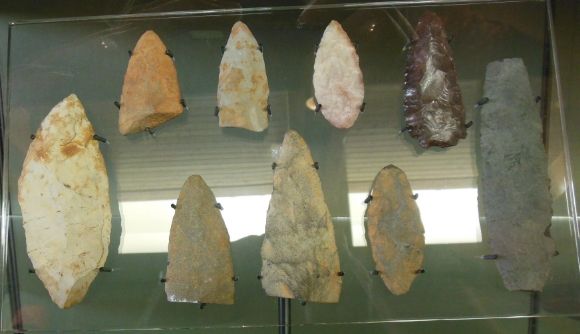
Leave a Reply